On the first Friday of every month, the quiet cobblestone streets of Old City Philadelphia are reborn into a bustling, contemporary art scene. Thousands of eager guests wander through, enjoying the wide variety of music and art exhibitions. But, by nine o’clock, most galleries have closed, and a hush begins to settle back over the Old City. That’s just when the Jewish Art Center (JAC) comes to life.
After every First Friday, hundreds of guests pack the gallery to take part in JAC’s “Taste of Shabbos.” Surrounded by ambient lighting and eclectic artwork, visitors enjoy a free, full-course traditional Jewish meal of gefilte fish, salads, chicken, and hot soup.
For Old City residents like Sasha Aleiner, those dinners are not to be missed. “I come as often as I can,” he said. “The food is incredible and the rabbi and staff are all gracious and very community-oriented. They make both newcomers and regulars feel really welcome.”
Rabbi Zalman Wircberg (or Rabbi Zash, as he’s also known) and his wife, Emunah, have run the center since taking it over from Rabbi Menachem Schmidt in 2014. Over the last six years, they have worked hard to expand on Rabbi Schmidt’s vision of spreading Jewish ideas through the arts.
Every month, the gallery curates an exhibit inspired by a Jewish theme. Often, they’re related to the holidays–Passover features art centered around freedom, Hanukkah, light, and on Rosh Hashanah, rebirth. Alongside each work of art, there’s a written message explaining the Jewish connection.
For the recent holiday of Tu B’Shvat, the JAC hosted an exhibit by Emmy award-winning photographer Joyce Ferder Rankin. “Degrees: Art from Antarctica to the Arctic” chronicles Rankin’s journey from one end of the globe to the other to demonstrate the effects of climate change on wildlife.
On a deeper level, the “New Year for trees” is about the responsibility we have to the earth, Rabbi Zash explained. The exhibit included statements such as the following, from the famous Kabbalist Rabbi Isaac Luria (1534-1572):
Even in completely inanimate matter, such as stones or earth, there is a soul and spiritual life-force. When we look beyond the physical, we are able to perceive the G-dly energy that exists within all of G-d’s creations, even the seemingly inanimate.
As the guests enjoy their First Friday dinner, the rabbi explains more about the Jewish themes behind the art. And for solo exhibitions, such as Rankin’s, the Wircbergs often arrange a presentation by the featured artists as well.
Local gallery owners Larry Becker and Heidi Nivling, frequent visitors at JAC, were moved by the show. “The photographer explained these ideas of climate change and what we can do about it very simply, primarily using her photographs,” Heidi said. The information about Tu B’Shevat was an added bonus.“There are always people at the gallery who don’t know a lot of the Jewish traditions, and we all gained so much from this presentation.”
Becker and Nivling both noted the JAC’s impact on the local gallery scene.
“Although we run our own, very different gallery, we do our best to make it to JAC events,” Heidi explained. “They’ve added a lot to the local art scene, not only because of the Jewish aspect, but because their exhibits aim for themes which could be viewed as universal.”
“The climate change exhibit is just one of many that we’ve really enjoyed,” Larry added. The Center has added lots of late-night high energy to the neighborhood.”
Late nights are common at the gallery. Besides the First Friday Shabbat dinners, the JAC also offers young professionals events, artist workshops, culinary exhibitions, poetry readings and a range of other cultural events, all based around the concept that art has the power to unite and spiritually elevate us.
Although the art is curated around a Jewish theme, the artists themselves are not necessarily Jewish. The Wircbergs choose a diverse range of artists, both established and up and coming, with a strong emphasis on local talent.
Between monthly seasonal exhibits, the gallery often features pop-up shows that are on display for a few days. The current pop-up, centered around Black History Month, includes several talented underground artists.
“Art curator” may not be on the rabbinical checklist, but Rabbi Zash concedes that it has some advantages. “People who maybe never would have come in contact with a rabbi or Judaism are coming in and the stereotypes are breaking.”
Rabbi Zash credits much of the JAC’s success to the teachings of the Rebbe. “This is something that on my own, I would never have thought of…on a Friday night, being at an art gallery making Kiddush and inviting people to a Shabbat dinner with artists. But, it was the Rebbe’s vision to use your talents, not only for yourself, but for everyone you can reach. This gallery allows us to reach a lot of people and help to deepen their connection to Judaism.”
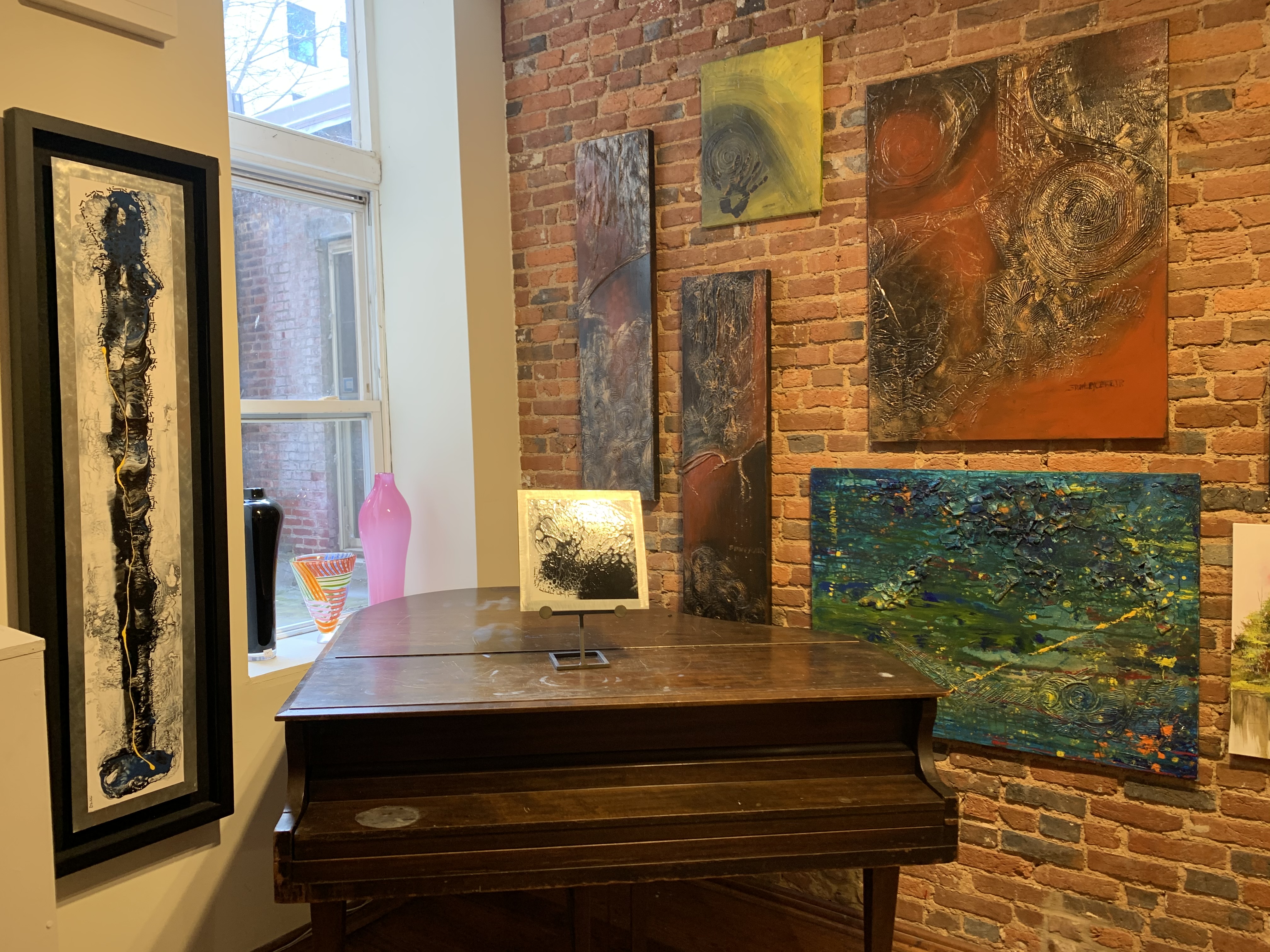
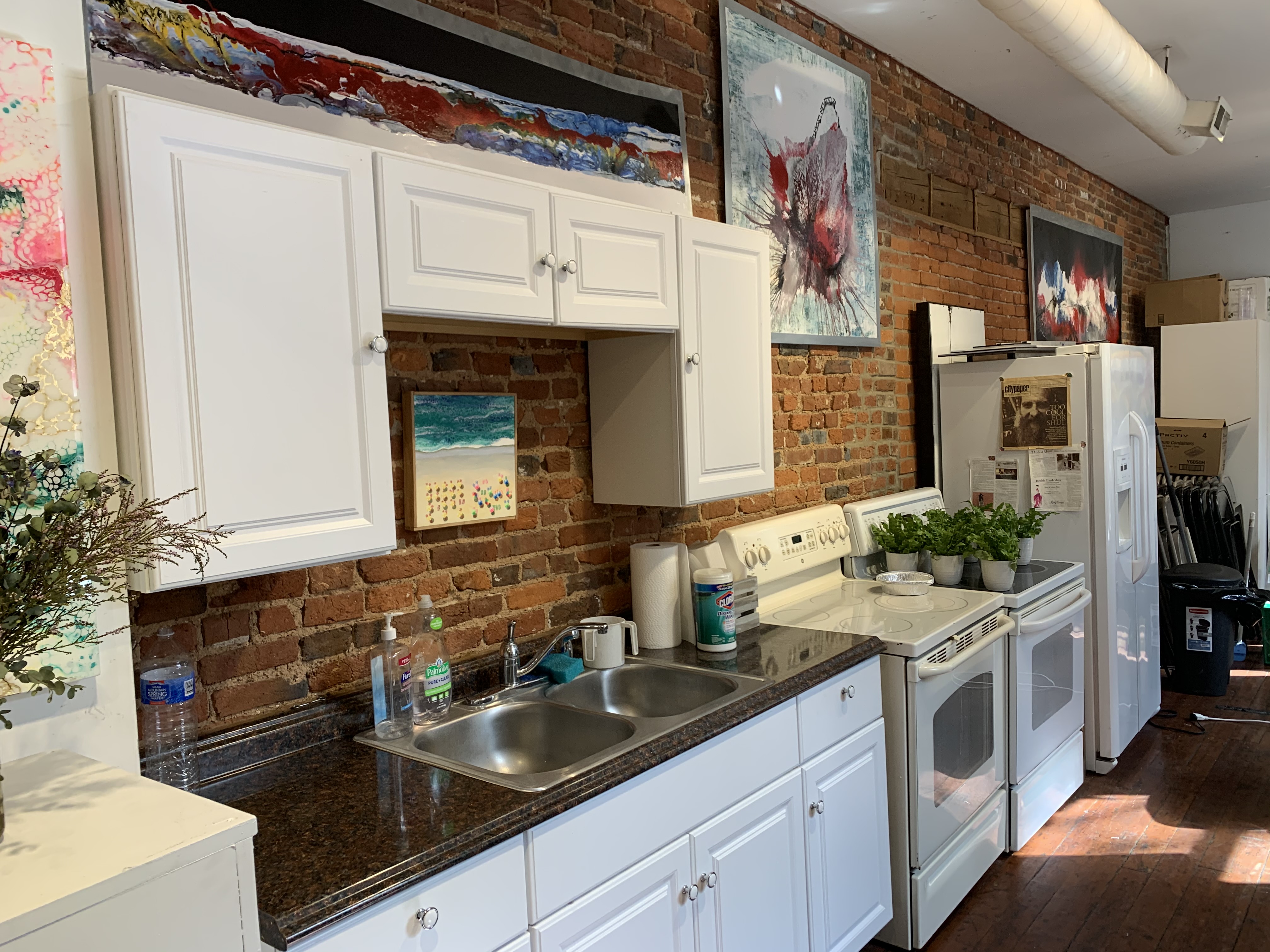
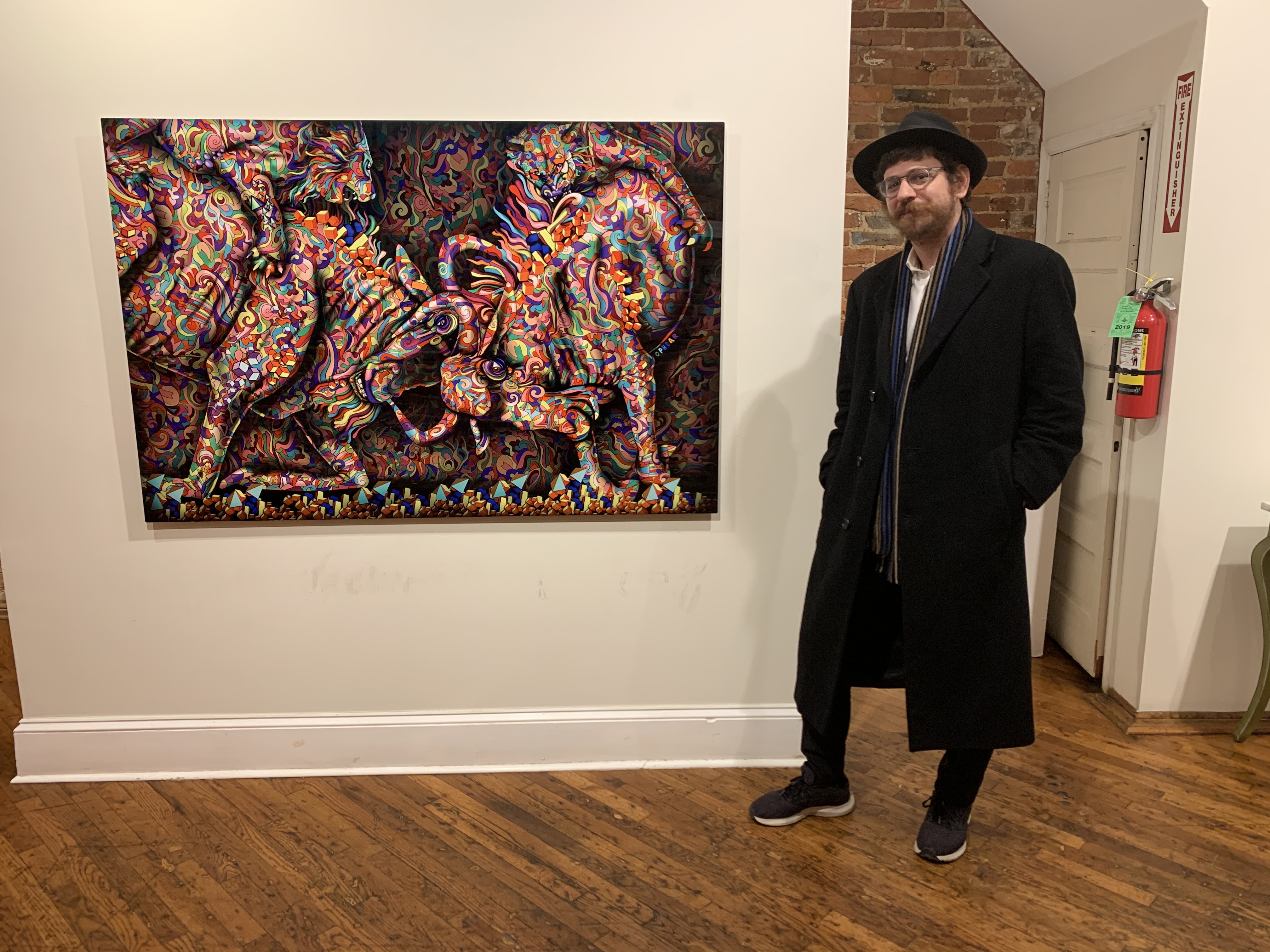
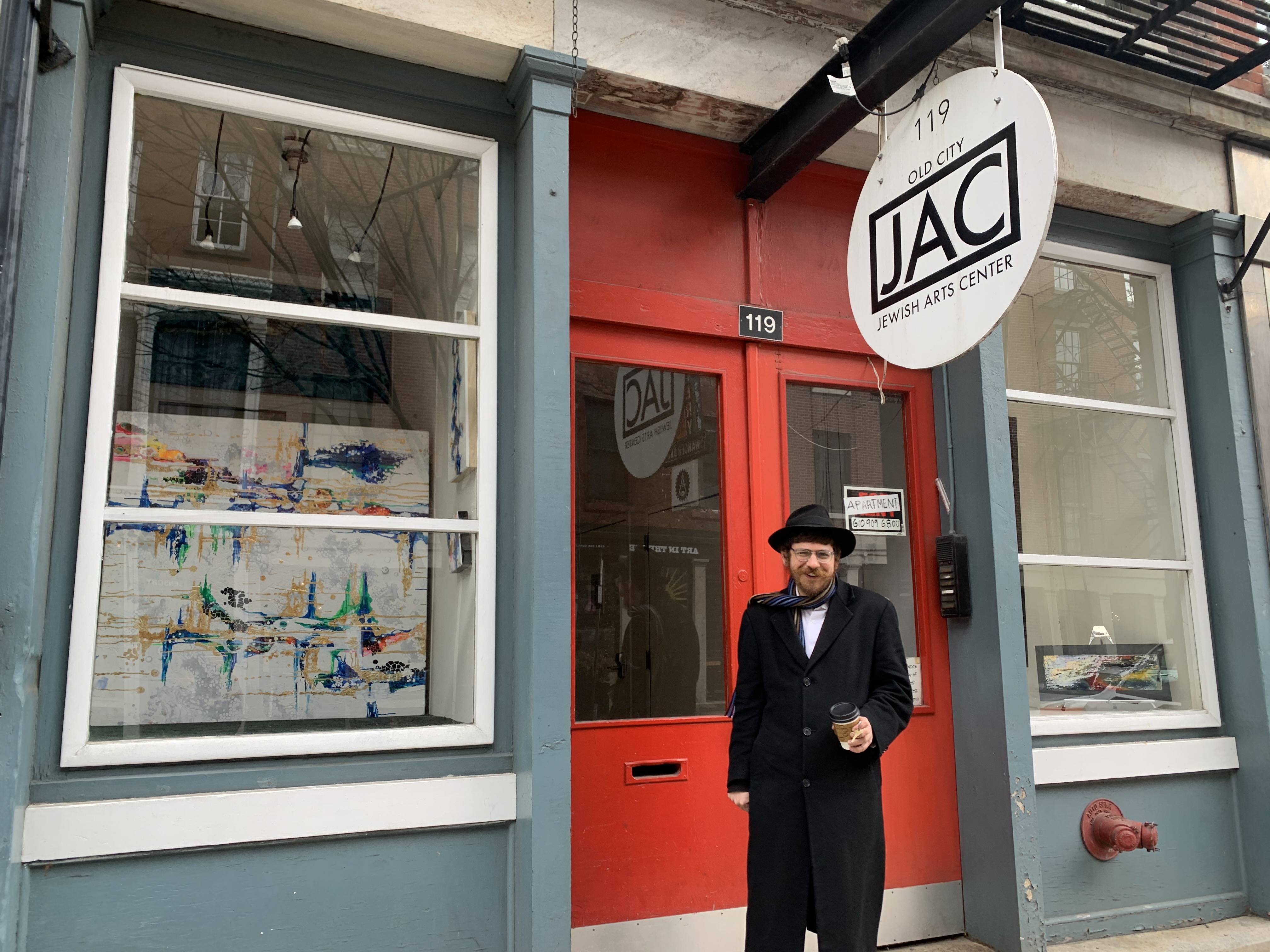
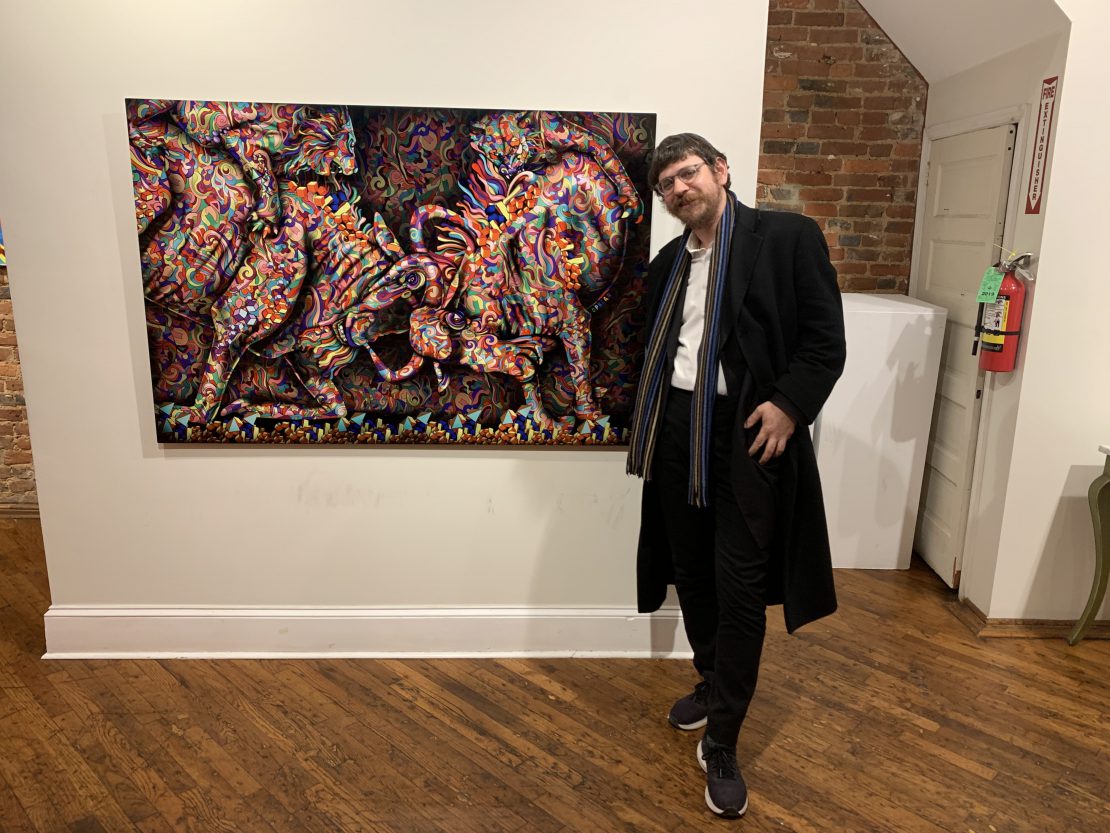
Be the first to write a comment.